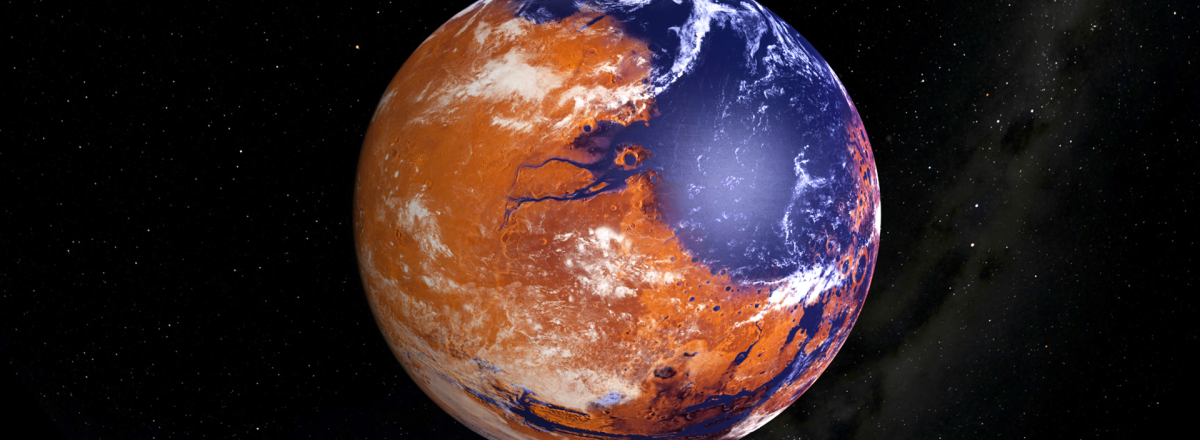Curiosity Rover Uncovers Clues to Mars’ Shift from Wet to Barren
Researchers analyzing samples from Gale Crater found carbon-rich minerals called carbonates, which likely formed billions of years ago under conditions that alternated between being suitable and hostile for life.

NASA’s Curiosity rover has provided new insights into the ancient climate of Mars, revealing how the Red Planet might have transitioned from a water-rich environment to an arid, inhospitable landscape. Researchers analyzing samples from Gale Crater found carbon-rich minerals called carbonates, which likely formed billions of years ago under conditions that alternated between being suitable and hostile for life.
The isotopic composition of the carbonates, studied using Curiosity's SAM and TLS instruments, suggests two possible formation scenarios. One possibility involves intense evaporation in a warm, water-cycling environment. Alternatively, the minerals could have developed in cold, salty waters, pointing to a climate that trapped water in ice, leaving it chemically harsh and uninhabitable.
Curiosity’s findings suggest that Mars underwent significant climate changes that limited its potential for supporting life. While the rover’s analysis doesn’t confirm any ancient biosphere on the planet’s surface, it highlights Mars’ complex environmental history, which oscillated between habitable and uninhabitable phases.

